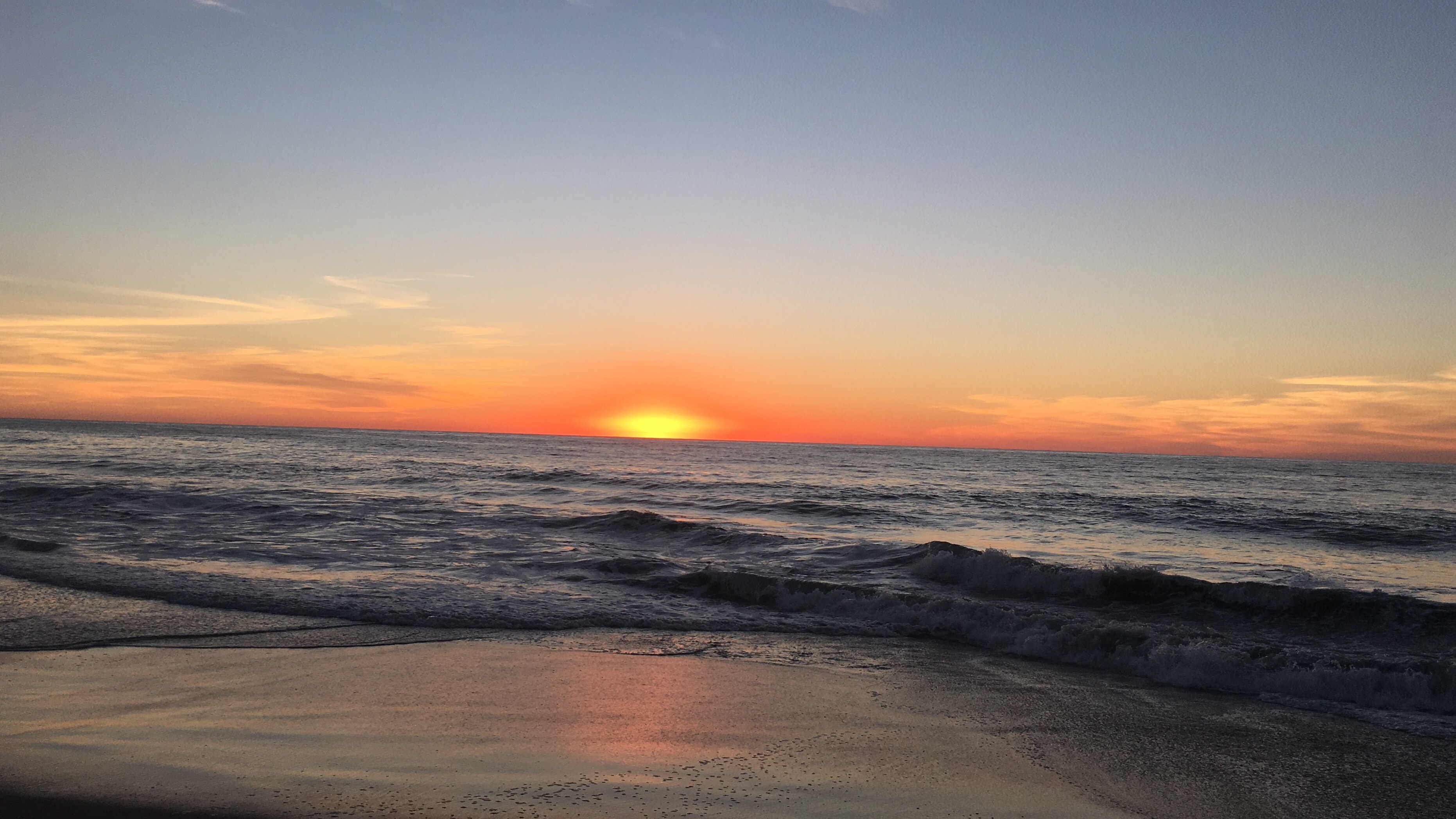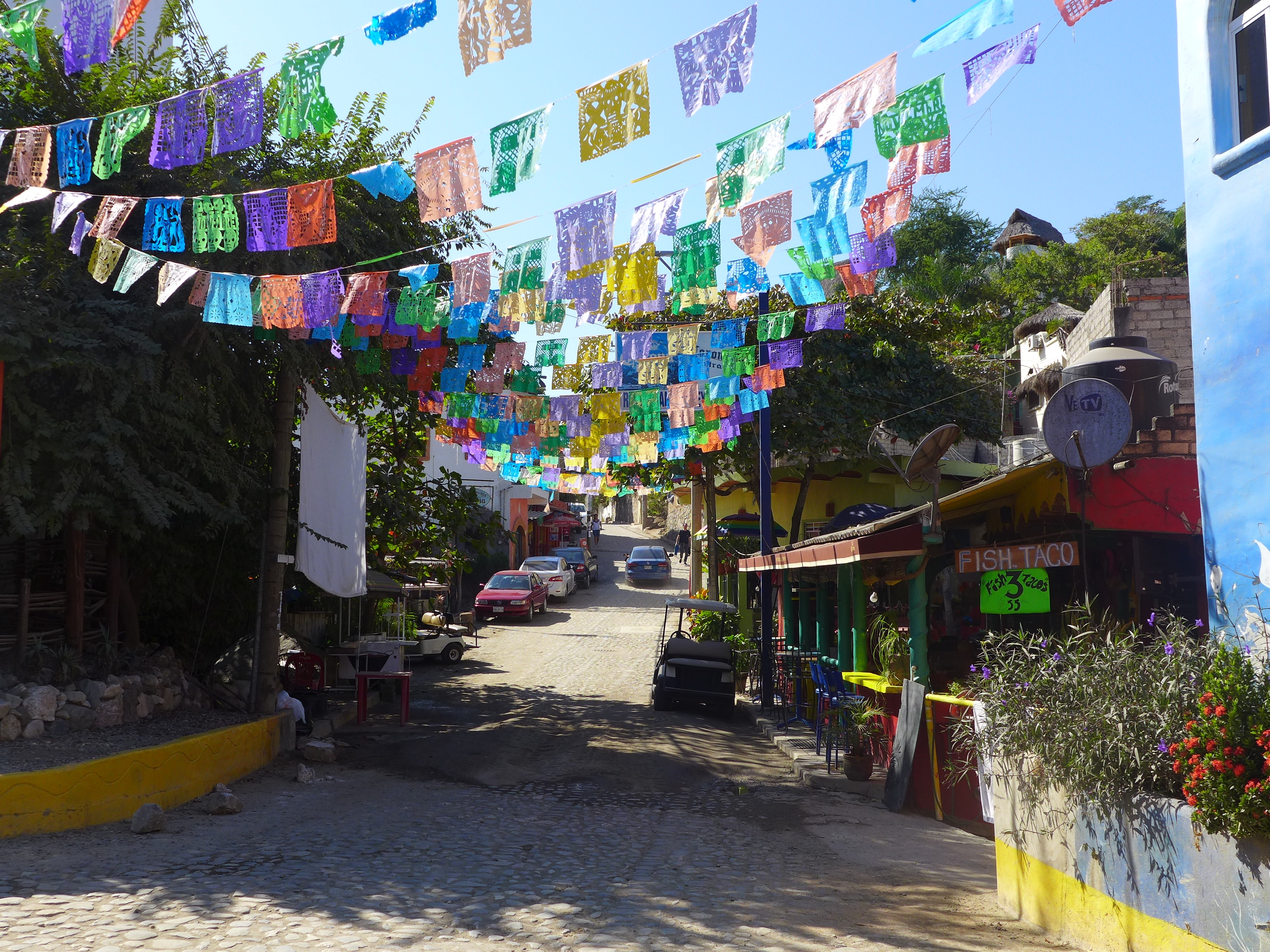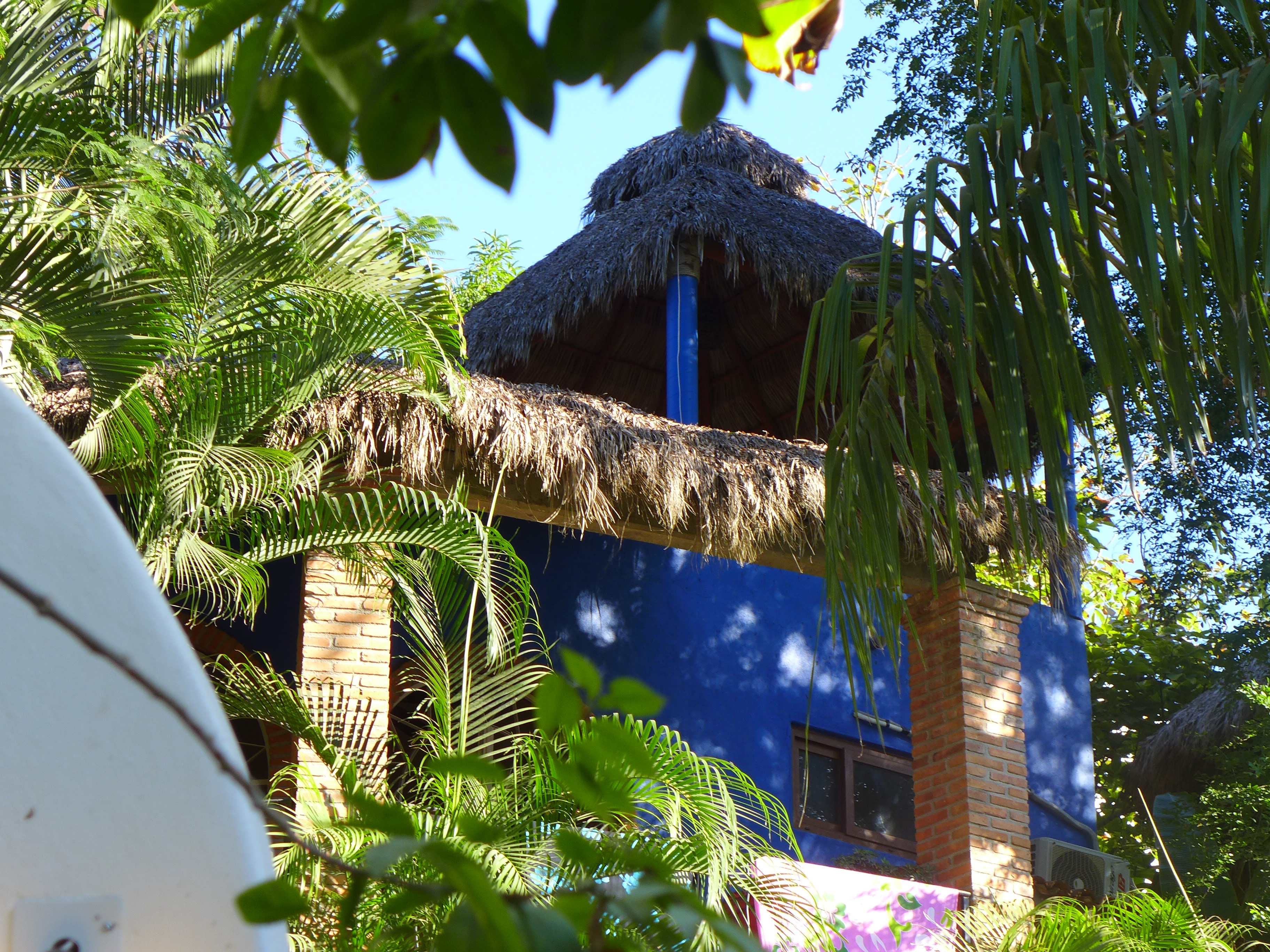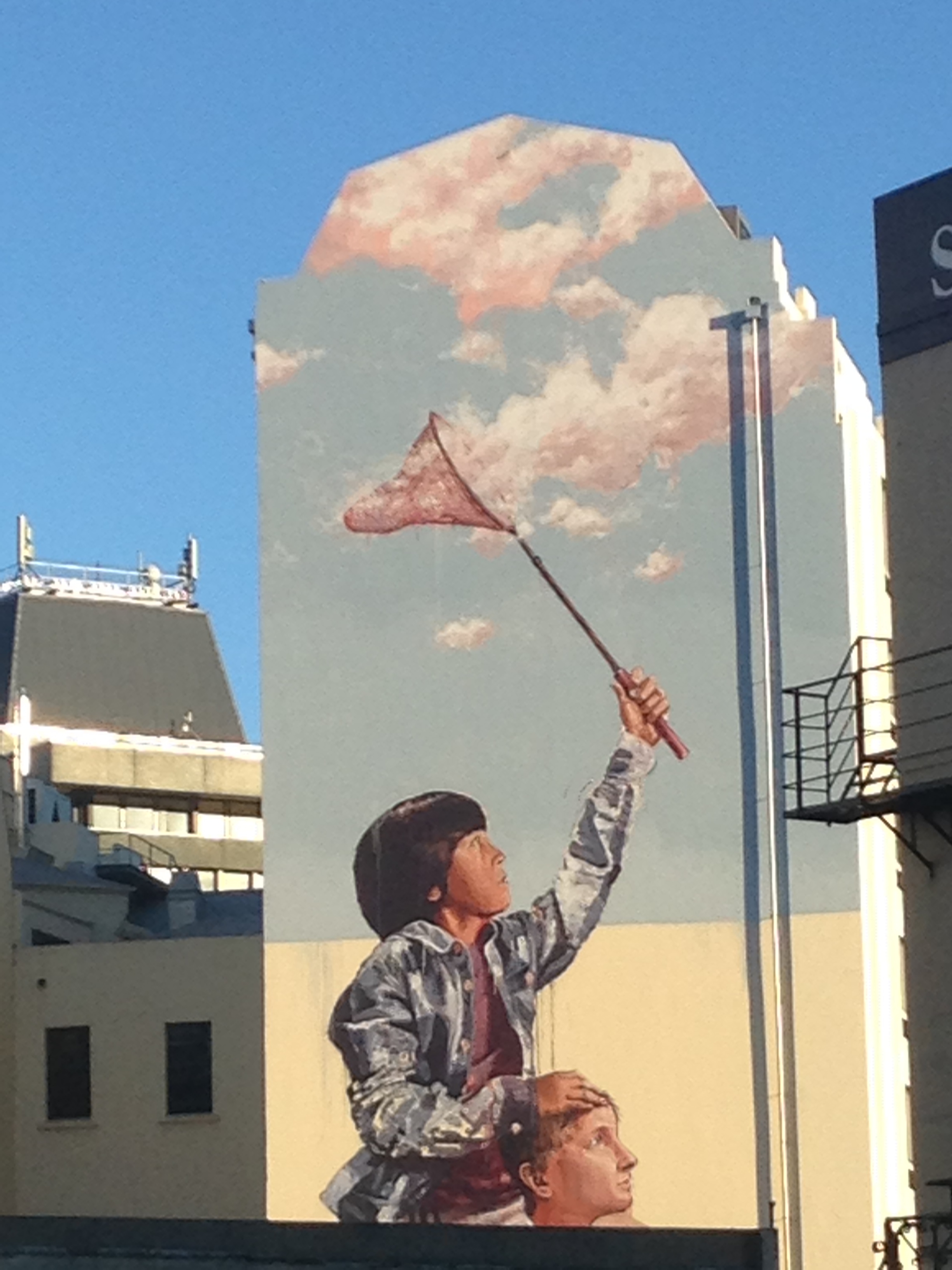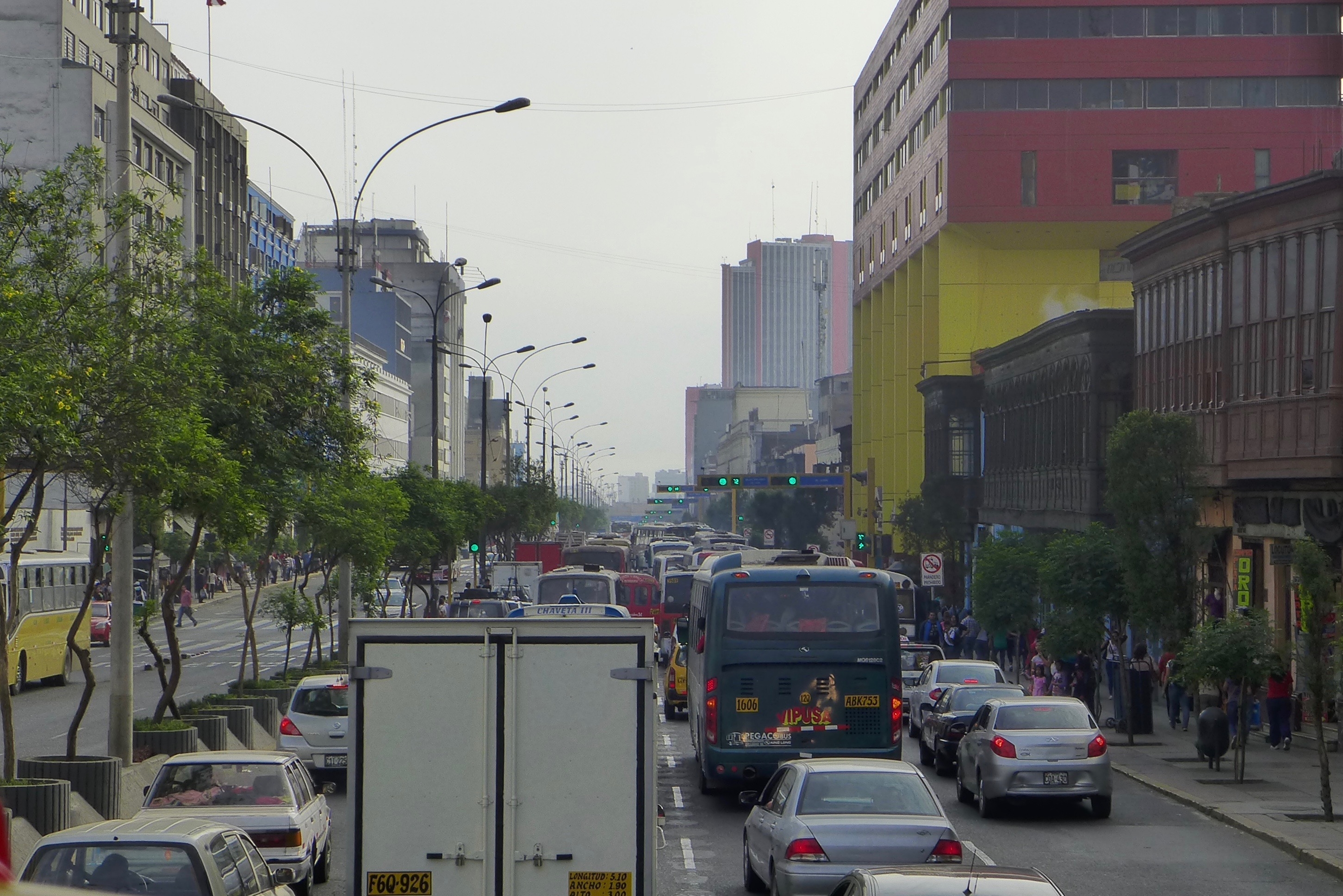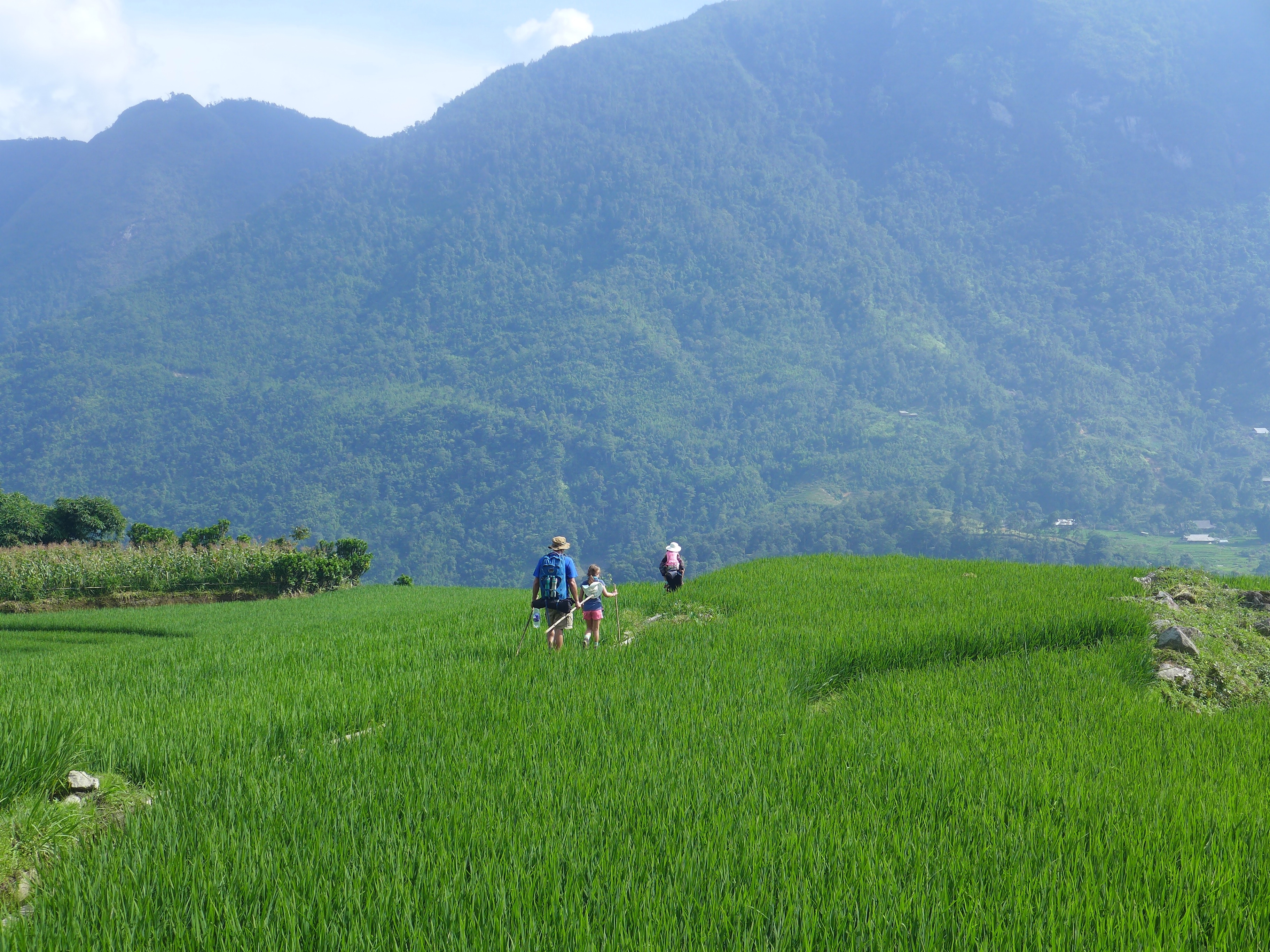It is June 10, 2018 and I am sitting in our casita in San Pancho, Mexico cursing the Mexican government for this crazy blackout they have forced upon us. For the last week our power has been going out at 1:00 or 2:00 in the morning and does not come back on until sometime the next day. Today, it is 11:00am and we still have no power. In the winter months this wouldn’t be such a big deal, but the humid, rainy season is upon us and a fan would be so welcome right now. The cool breeze that normally flows through our house has halted leaving behind a still, sticky residue. Two showers a day does not seem quite frequent enough to rinse away the sweat and grime. We have returned to “air kisses” to say hello to friends because the normal cultural practice of cheek to cheek kisses is too sweaty and vulnerable to endure.
However, I didn’t sit down to write this blog so that I could complain about our power outages and sweat. My intension is to share news of our next adventure and some highlights of the past 18 months of our life in the region of the Riviera Nayarit. From Puerto Vallarta to Chacala we explored the many beautiful jungle hikes, beaches, and stunning vistas.

We also had the privilege to experience many cities further a field in Mexico, such as: Mazatlán, Guanajuato, San Miguel de Allende, Mexico City, Oaxaca City and Guadalajara. Most importantly, we met and spent time with some amazing people. People who like us, are seeking to experience life in the moment, arms wide open to whatever amazing adventures come their way.
Before I get too nostalgic and ramble on about the beauty of Mexico, I’ll start with our news. We are excited to formally announce that our next adventure takes us to Tucson, Arizona. We will be leaving our sweet home and community here on June 28th to start our northward migration. Jacob has accepted a full time job as part of the leadership team with the Tucson Tamale Company (if you haven’t tried these tamales you MUST! You can find them in Whole Foods, Natural Grocers as well as some other, smaller grocery stores. You can even order them online!). We are thrilled to help this family-run company keep their very exciting, forward momentum going strong. I look forward to finding a private psychotherapy practice to join once we get settled in our new home at the end of July.
We found two great schools for Mackenzie and Quinn. Quinn will go to a bilingual elementary school (Davis Elementary, how perfect is that?). In the end, She will probably be the best Spanish speaker in our family. Mackenzie will join a small, unique middle school (Paulo Freire Freedom School) where she will get to direct her own studies in a project-based, experiential learning community located on the Arizona State University campus. Luckily she will still have a regular Spanish class to keep up her skills too!
As for our highlight real of Mexico, I don’t really know where to begin. Today the memory that is in the front of my mind at this time of year, is one related to crabs. Yes, that’s right. Crabs. The rain not only turns the dusty vegetation into vibrant green but it also brings out amazing flowering trees, huge toads and chirping frogs. However, the best part is that it signals the Mexican Land Crabs or Cangrejos Azules, to begin their migration from the Jungle Mountains to the ocean shore to find their mates.
I have heard hilarious tales of these crazy crabs hanging off door-frames in a sort of startling hello, sitting at the bottom pools, finding their way into toasters, and crawling into bed to snuggle up with whomever is sleeping there. The crabs are about the size of a dinner roll but their bravado is enormous. When you encounter them they often stand their ground, lift their arms up high and wide, and open and close their mouths like a hand puppet. The best stories are from people who describe the sheer volume of these crabs down at particular beaches in the area. One of these beaches is called Patzcuarito Beach and is the place Mackenzie and I ventured to one drippy morning last June, to collect our own story of Los Cangrejos Azules.
Like a scene out of a horror movie, the eerie scratching and tapping of crab claws moving over fallen leaves filled the air when we entered the overgrown, jungle path that would lead us to the beach. Peering through the palms and other foliage, we saw thousands of crabs moving like one giant organism through the jungle. With goose bumped-flesh and the flutter of anxiety in our chests we continued on our way along the shadowed path to the beach.
The normal smooth, flat landscape of the beach was lost to textured piles, mounds and sometimes hills of sand. The crabs had created little homes all over the beach. If you catch it on the right day, I understand you can witness the mass of crabs moving with synchronicity, all over the sand. What Mackenzie and I witnessed was the frequent popping in and out of their holes to find out what was disturbing their kingdom.
That is just one story. There are so many more and no way I can share all of them in this one single blog. Perhaps I’ll start writing them all out and share at a later date but for now I leave you with little flashes of my memories:

- Tacos Al Pastor with savory, thinly sliced, shawarma-spit-grilled pork tucked into handmade corn tortillas and topped with a slice of sweet pineapple for the perfect flavor balance.
- Margarita sunsets with friends at Las Sirena’s and the numerous lost flip-flops due to forgetting how fast the darkness descends once that peachy sun plunks into the ocean.
- The energy that buzzes in the jungle from thousands of years of ceremonies at the magical, fresh water pools near Alta Vista. The cool water cleansing more than the skin and the view from the pools of the surrounding rocks with their soft, river-carved curves, decorated with spiritual petroglyphs.
- The many, many days of beaching with friends, digging toes into sand, splashing in the waves, and infectious belly laughter.
- Salsa dancing in Oaxaca.
- Those itsy-bitsy ants and their love of secretly crawling up my arm headed for who knows where or why.
- Mangos. Peeled like a banana, the best way to experience meaty, full-face bites with cheeks and chin that drip with the sweet juices.
- The shock of giant iguanas that fall from trees because their even more giant brethren pushed them out. (ask me to tell you the story of the time one ran over the top of Quinn’s head! That was unexpected!)
- Costa Verde International School: sweet bilingual performances, the most delicious school lunches on the planet, a 10-foot python slithering across the top of a wall and teachers wrestling it into a plastic tote to take it out of town. Tales from our daughters of teachers saving students from scorpions, wasp nests and falling mangos.
- Iguana poop that plopped in my soup. A direct shot from high above in a palm tree. I imagine he “high-fived” his buddy sitting next to him in the tree.
There have been times over the last 18 months when I was faced with the frustration of living in a foreign, developing country. Times when I have felt the pain of missing friends and family of wondering if I would ever find a family of friends in this community. Many, many times of cursing the impatient drivers who dangerously pass a string of cars and the people who walk in the middle of the street even though there are perfectly good, empty sidewalks.
However, despite those frustrations, I fell in love with Mexico. I love the family-centered, rebellious culture and the warmth of people who would do anything to help you if you needed. I long for the music, the Mezcal, and the Mole of Oaxaca. Even though I probably complained, I love the loud, heart-stopping boom of fire cannons set off at 2:00, 4:00 and 6:00am every morning during the town’s eight-day festival celebrating their patron saint, Francisco.
I promise I’ll stop writing now and thank you for reading and sharing in our “Seize the Davi” adventures. In a way, this blog feels like a closure to a three-year adventure of travel and amazing experiences abroad. However, for Jacob and me our next chapter is just a continuation of this one and of the life we are choosing to create. A life that inspires us to keep thinking of ways to travel, stay curious and find joy everyday; especially those days when the power does not come back on until 3:00pm.
Viva Mexico! Que les vaya bien.

